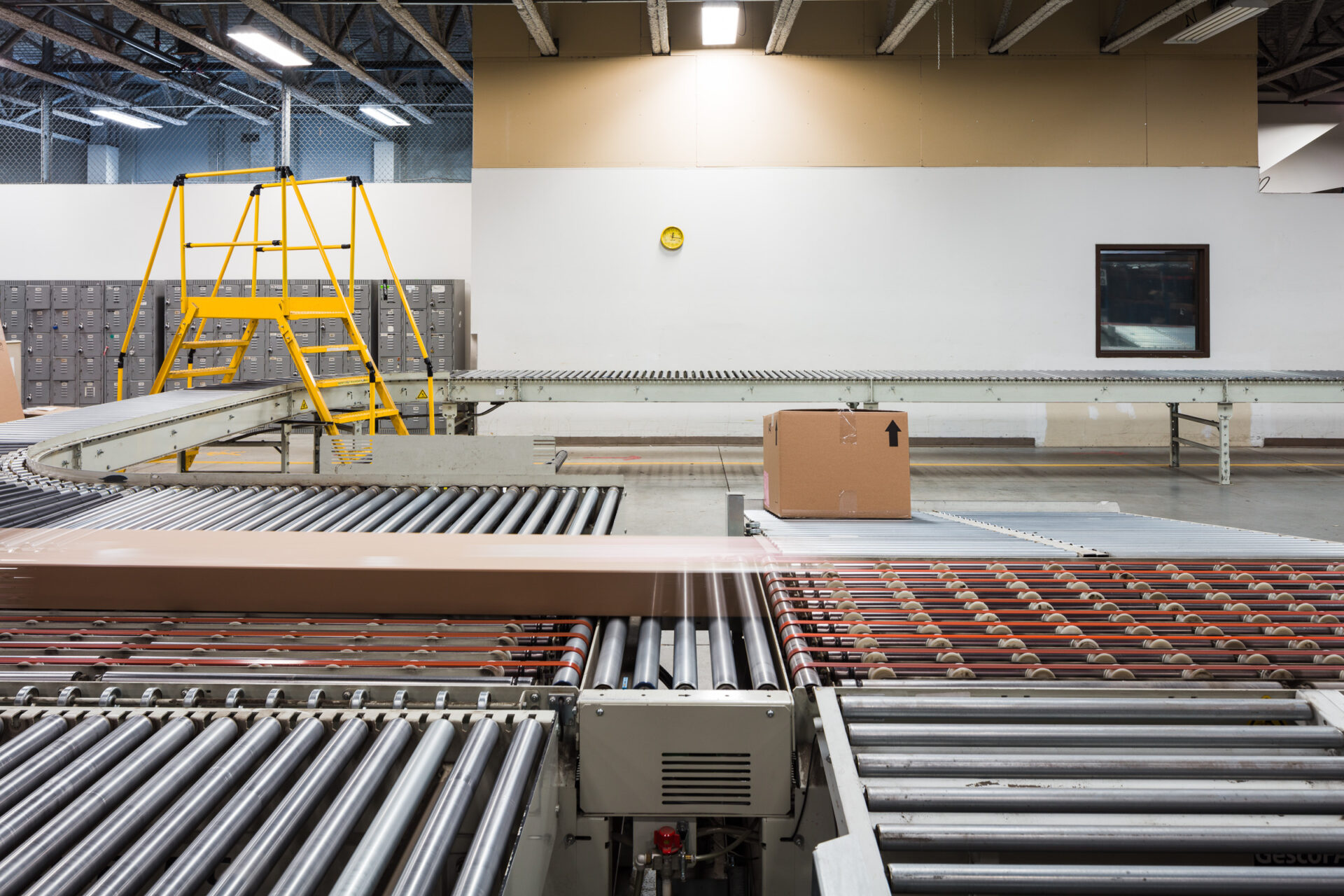Is your Warehouse Layout Up to Date? Receive an Updated Layout in 2 Weeks.
The Obstacles to Widespread Automation

By Patricia Laureys
November 2nd | 3 min read
Automation Business
When it comes to business automation, organizations are eager to embrace innovative solutions to gain a competitive edge. There is no denying that automation is an effective remedy for what ails warehouse operators, particularly in addressing critical labor shortages and uncertain supply chains. But are companies making optimal use of automation?
In this blog post, LIDD expert Patricia Laureys discusses how companies are (or are not) approaching warehouse automation, diving into the factors contributing to the slow adoption of automated solutions.
Why do only a small percentage of warehouses have automated logistics solutions? Why is the process towards implementing automation equipment so slow?
With the advancements in technology, one would expect to see more warehouses adopting logistics automation. However, the reality is quite different. Despite the availability of suitable and more flexible solutions compared to the past, the adoption of automation in warehouses remains sluggish.
Currently, only about 18%-20% of warehouses have some degree of automation, with a mere 5% having sophisticated automation systems1, 2.
In a recent survey of over 1000 supply chain professionals in the US, it was found that a significant majority had not deployed Automated Guided Vehicles (AGVs) (76%) and Autonomous Mobile Robots (AMRs) (70%) in their warehouses3.
So, why do only a small percentage of warehouses have automated logistics solutions? And why is the process towards implementing automation equipment so slow? Exploring these questions is key to unlocking the full potential of automation in the warehousing industry.
Change Management
One significant factor that can be linked to the slow progress of automation is change management. The initial step in planning for automation involves launching a feasibility study, which can be initiated from the top-down by the board and decision-makers, who request the management to explore automation. However, if there is a lack of knowledge at this level and the request is combined with the challenges of daily operations, it can significantly impede the research process for automation. On the other hand, there are cases where the management team believes in the potential of logistics automation but faces resistance from an ignorant board that fails to recognize its positive impact.
Overcoming these hurdles requires alignment from both the top-down and bottom-up. Once this step is crossed, the willingness to share data with consultants and vendors becomes crucial. Additionally, effectively demonstrating the need for it and proving the return on investment (ROI), is necessary to gain support from all stakeholders involved.
Return on Investment (ROI)
ROI is a critical factor contributing to the slow implementation of logistics automation in warehouses. Calculating ROI for automation is complex, it involves considering various factors such as initial costs, ongoing maintenance expenses, labor savings, increased efficiency, and potential productivity gains. These calculations can be challenging and time-consuming, leading to delays in decision-making.
This can result in delays and missed opportunities for warehouses to adopt automation solutions.
Of course, not all business cases for automation guarantee a positive return on investment (ROI), which can lead to a “no go” decision (not pursuing the project altogether). If the ROI does not meet the desired expectations, businesses may choose to abandon the project entirely rather than putting it on hold.
Lack of Awareness
One of the biggest hurdles to successful automation implementation is the lack of awareness or understanding of what logistics automation is and how it can be of benefit to your organization. It’s fair to say that implementing new automation solutions brings about a range of uncertainties. We may often hear many of the same concerns and questions from stakeholders
- Is the new company providing the automation solution reliable enough?
- Can we trust overseas companies for our automation needs?
- Are there sufficient references and testimonials in the market regarding the effectiveness of the automation solution?
- Do we need to compromise or adjust our corporate standards to implement automation?
- Will the legal department support us in navigating any potential legal implications related to contracting external vendors?
- Can we rely on remote vendor intervention and support after the automation system goes live?
- What about the stance and support of unions and the warehouse operators regarding automation implementation?
Some stakeholders may have misconceptions or fears about automation as cases where things go wrong tend to receive more attention in the press than the numerous successful implementations that often go unnoticed. This unfortunate bias creates a hesitation towards logistics automation.
Fortunately, there are pioneering industries such as the parcel industry and e-commerce where automation is not a luxury, but a necessity driven by customer expectations for quick deliveries. These industries have embraced automation to meet the demands of their customers, showcasing the potential benefits it brings, and offering a blueprint for others to follow.
Building the Foundation for a More Automated Future
While automation may not be a walk in the park, surrounding yourself with professionals who understand the nuances of logistics automation can pave the way for the development of efficient and flexible warehouses. These warehouses are poised to support future growth and meet customer demands. The key lies in placing trust in these experts, effectively managing change, and forging partnerships with the right allies. By embracing these principles, businesses can navigate the complexities of automation and realize the full potential of their warehouses.
Automation Readiness Assessment
Business automation isn’t fool proof. Thorough preparation of your project is imperative for a successful implementation.
LIDD’s Logistics Automation Readiness Assessment can provide you with the guidance and insights you need to prepare for logistics automation. Once you’ve chosen an automated solution, It offers a clear snapshot of your current state and effectively guides you on implementation preparation. Our goal is to help you maximize your investment and achieve optimal results.
Footnotes
- Source: businesswire.com
- Source: interactanalytics.com
- Source: supplychainbrain.com
